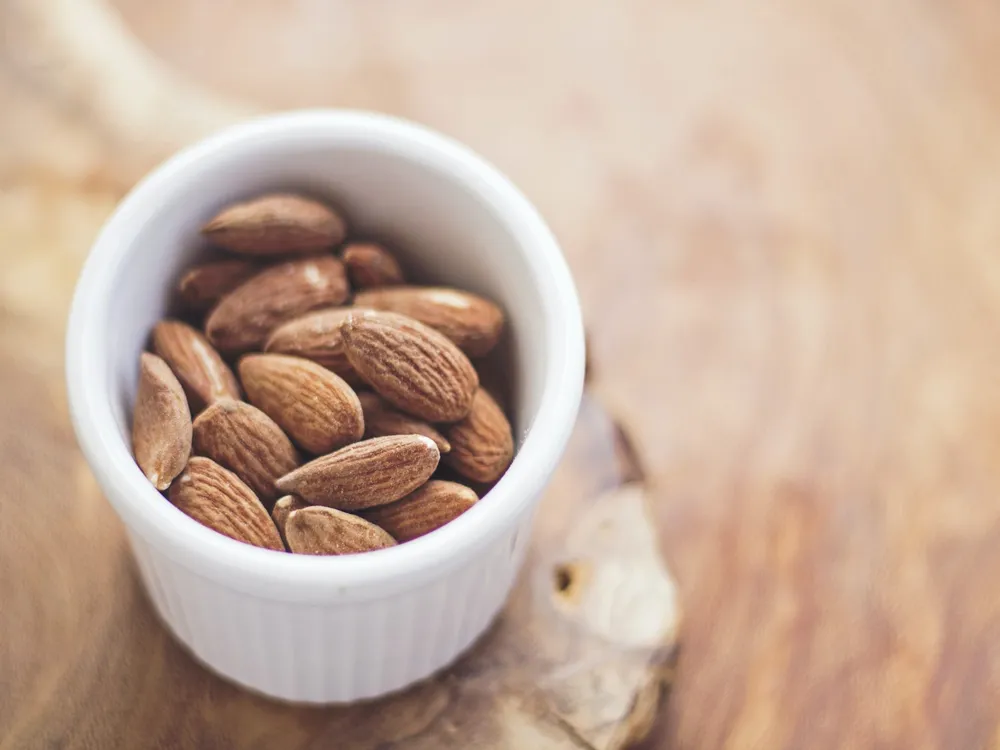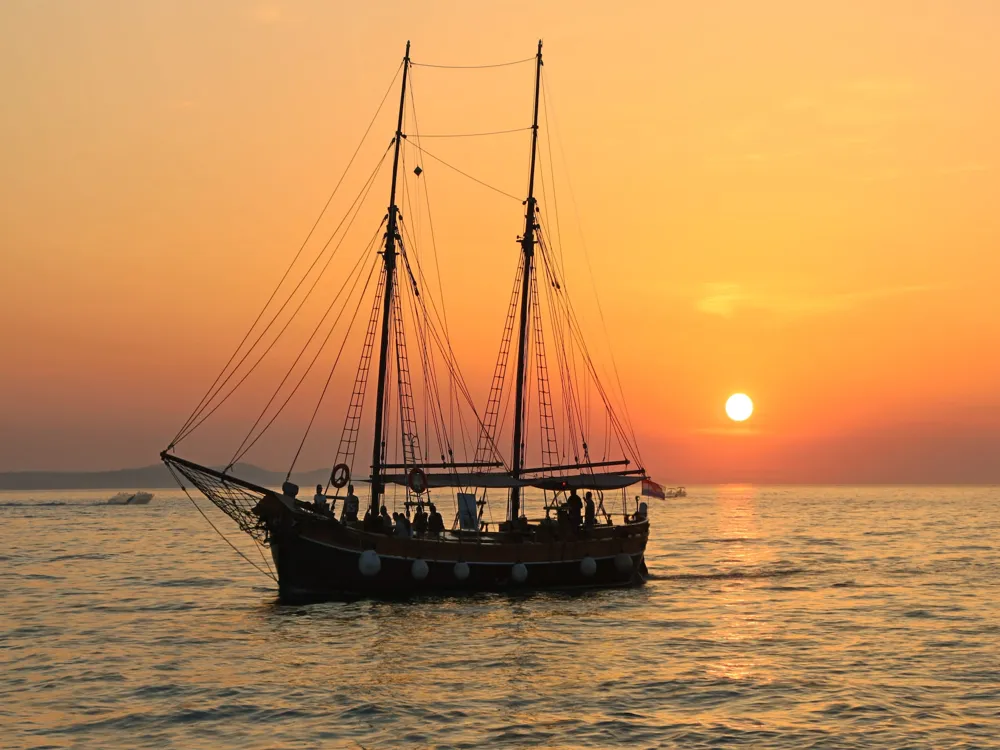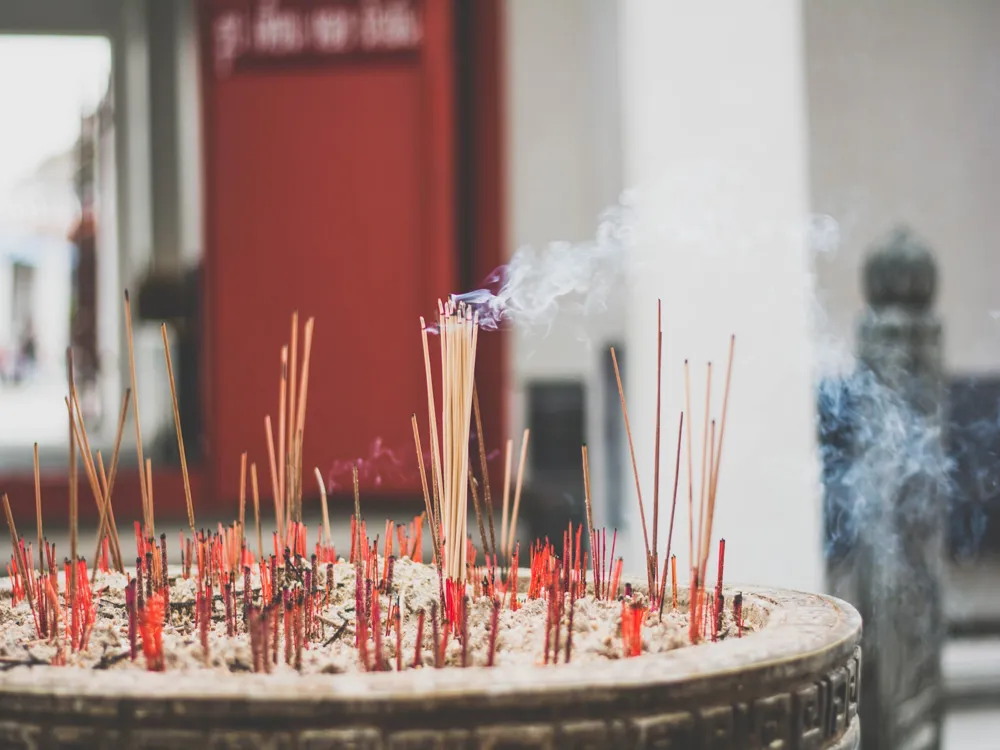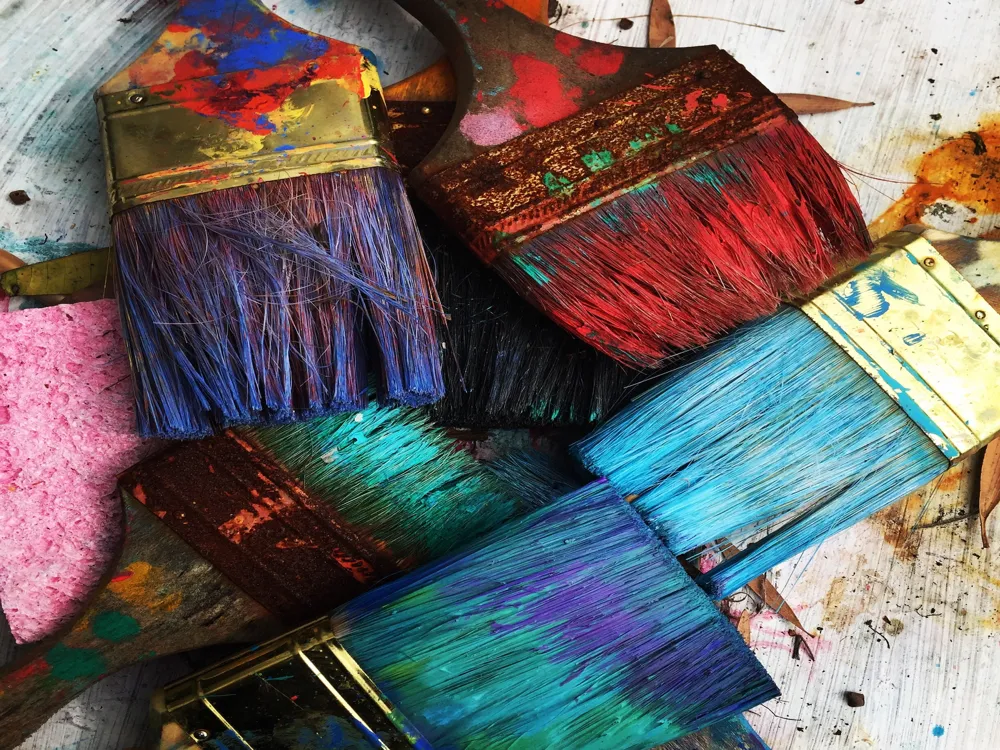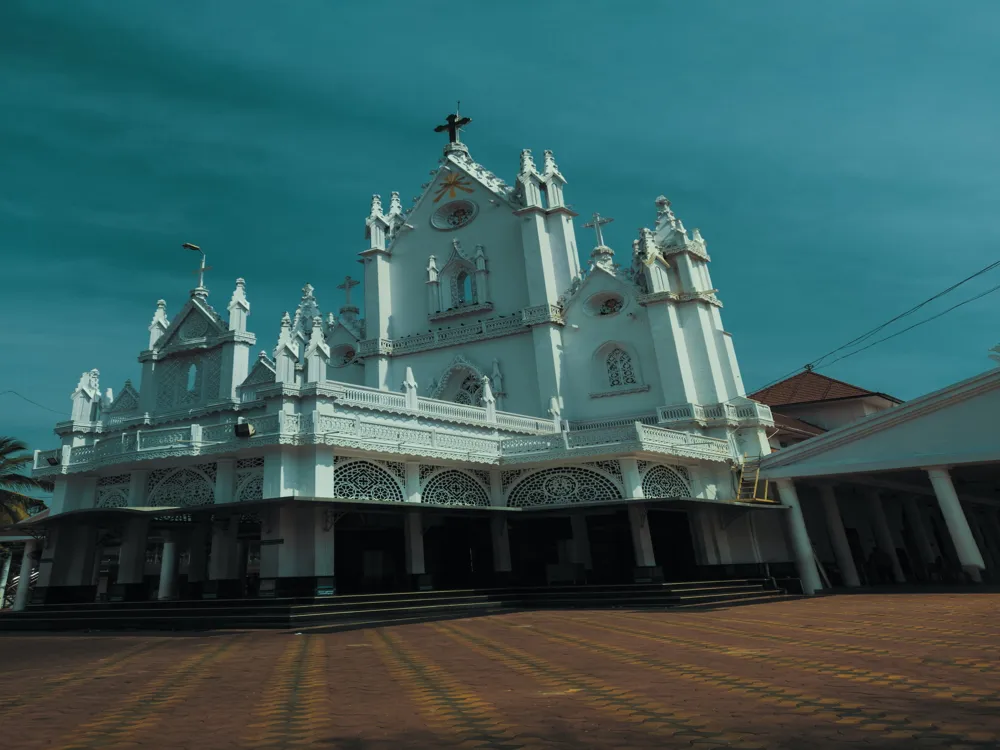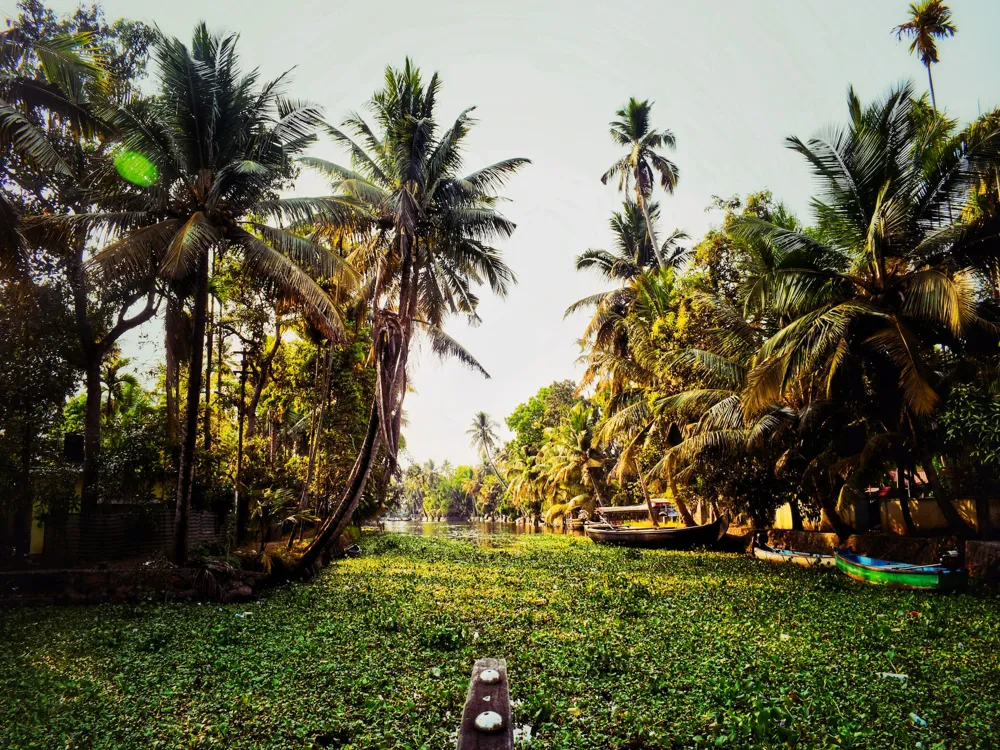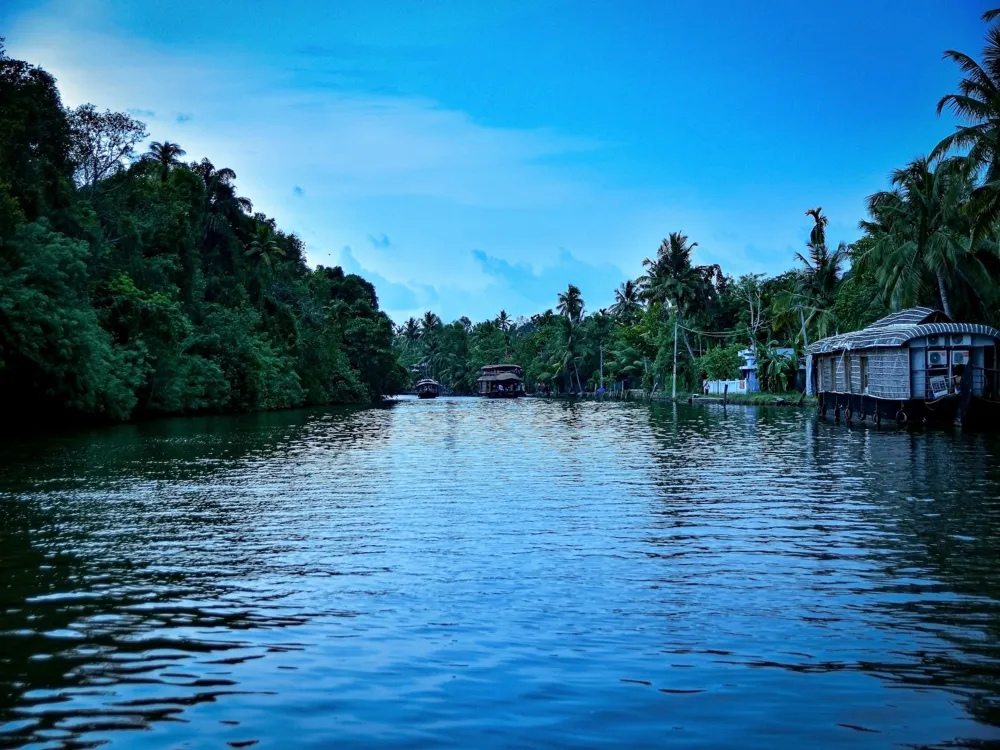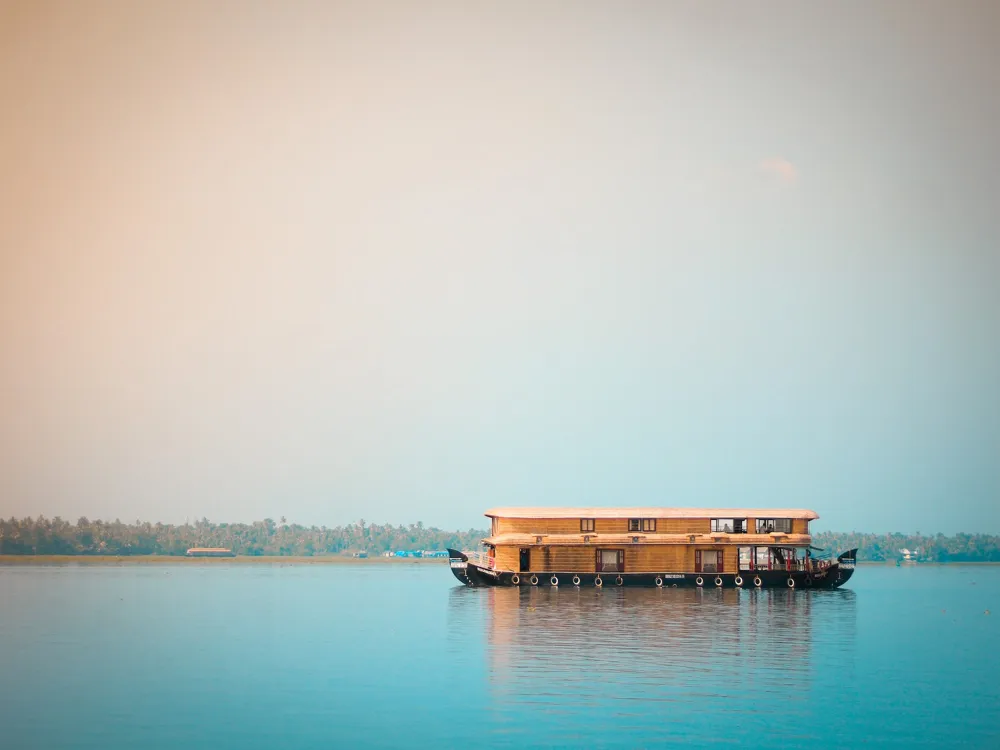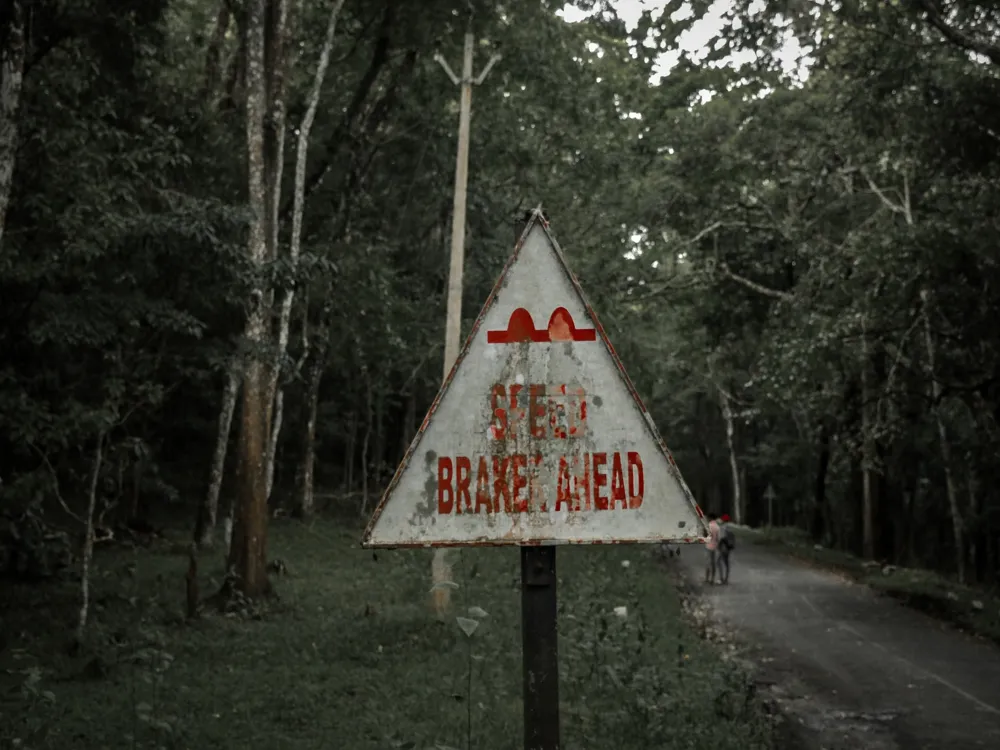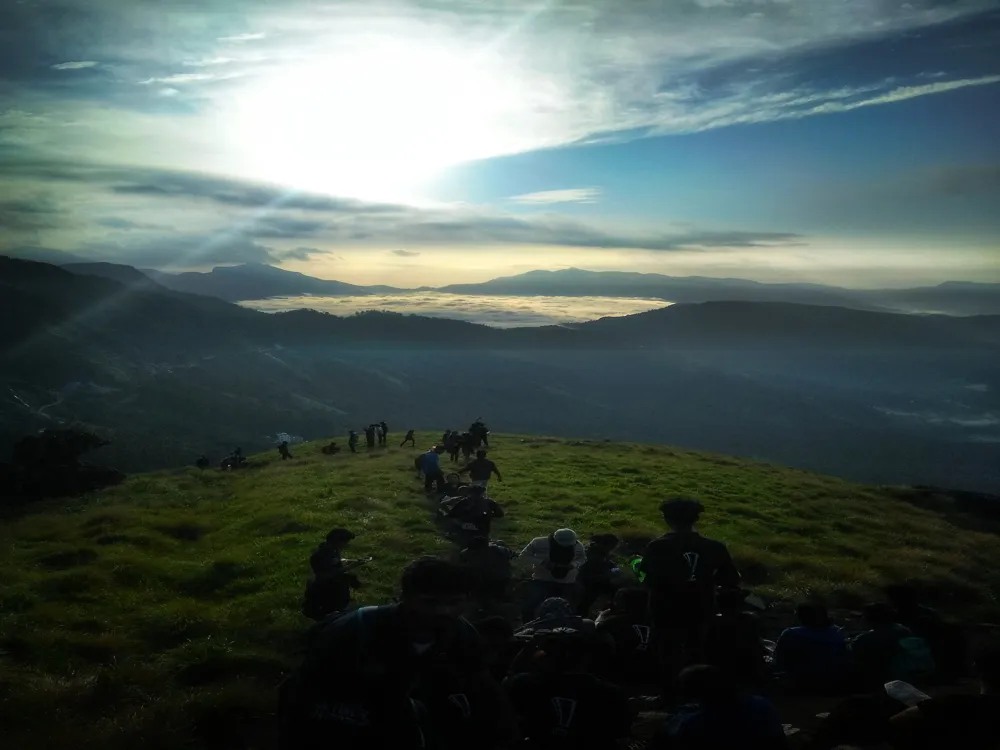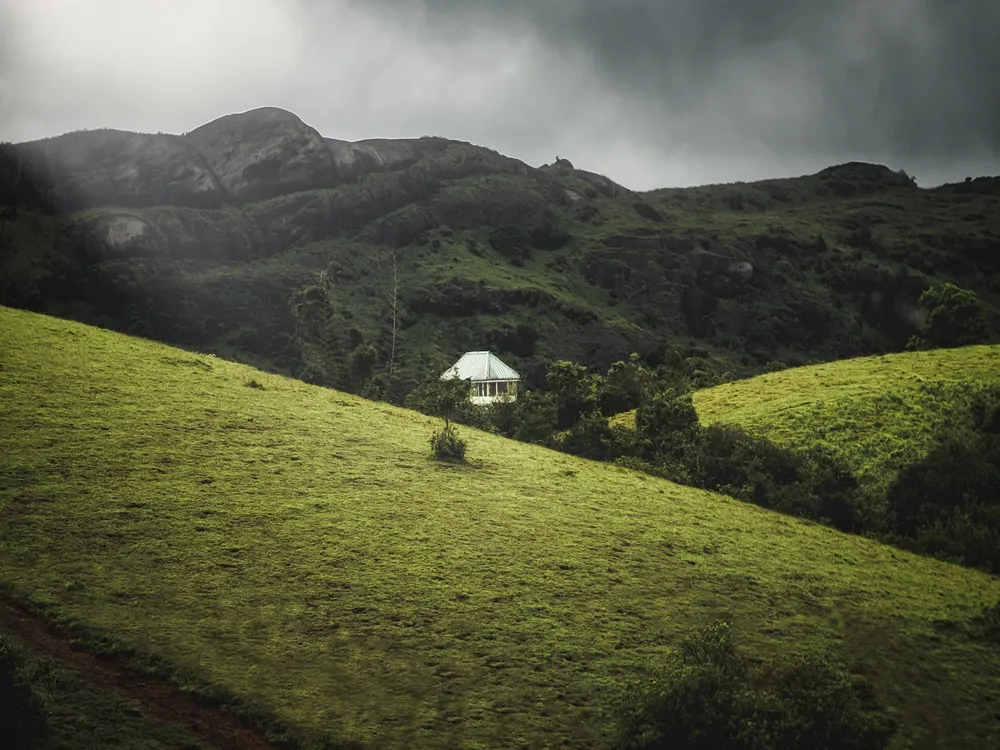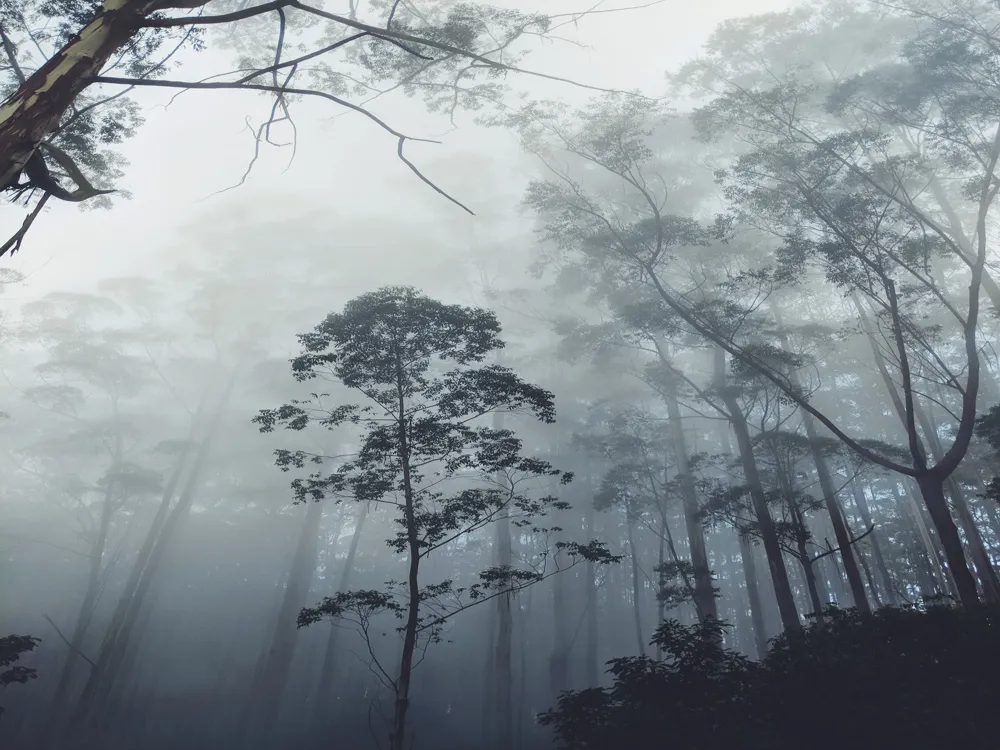Vaikom, a serene town located in the Kottayam district of Kerala, is a gem tucked away in the southern part of India. Known for its rich cultural heritage, Vaikom epitomizes the quintessential charm of Kerala with its lush landscapes, tranquil backwaters, and traditional architecture. The town is steeped in history, with its roots tracing back to ancient times, making it a fascinating destination for history buffs and cultural enthusiasts alike. The beauty of Vaikom lies in its simplicity and the unspoiled natural environment. Surrounded by paddy fields and interconnected by a network of lagoons and canals, the town offers a picturesque setting that is typical of the Kerala backwaters. The climate here is tropical, with heavy monsoons contributing to its lush greenery. Vaikom is not just about scenic beauty; it's a town with a vibrant cultural scene. The Vaikom Mahadeva Temple, one of the oldest and most revered Shiva temples in South India, stands as a testament to the town's rich spiritual legacy. Vaikom's economy is primarily driven by agriculture and fishing, with a significant portion of the population engaged in these traditional occupations. The town is also known for its contribution to Kerala's famous boat races, with skilled craftsmen building some of the finest racing boats in the region. In recent years, Vaikom has been gaining popularity as a tourist destination, attracting visitors who seek a blend of culture, history, and natural beauty. The architecture of Vaikom is a splendid amalgamation of traditional Kerala-style designs and influences from colonial times. The town's architectural landscape is dominated by the ancient Vaikom Mahadeva Temple, which is an excellent example of the traditional Kerala temple architecture. This temple, dedicated to Lord Shiva, showcases the intricate workmanship of the local artisans with its beautifully carved wooden doors, majestic gopurams (temple towers), and a sprawling temple courtyard. Apart from the temple, Vaikom's residential architecture is noteworthy. The traditional Nalukettu houses, characterized by their central courtyards, sloping roofs, and extensive use of wood, reflect the socio-cultural aspects of the bygone era. These houses are designed to suit the tropical climate of Kerala, with ample ventilation and spacious verandas. The influence of European architecture is also evident in some of the colonial buildings and churches in Vaikom, adding to the architectural diversity of the town. Another architectural highlight in Vaikom is the network of canals and bridges that crisscross the town, integral to the daily life of the locals. These waterways, often lined with coconut trees, not only serve as a mode of transportation but also play a crucial role in the irrigation of the nearby fields. The harmony between the built environment and the natural landscape in Vaikom is a fine example of sustainable and eco-friendly architecture. The ideal time to visit Vaikom is from October to March when the weather is pleasant, and the monsoon rains have subsided. This period is perfect for exploring the town and indulging in backwater cruises. Vaikom's cuisine is a delightful mix of traditional Kerala flavors. Do not miss the opportunity to try local dishes like Karimeen Pollichathu (pearl spot fish marinated and cooked in a banana leaf) and Kerala-style prawn curry. Respect local customs and traditions. Dress modestly when visiting temples and be mindful of the cultural sensitivity of the residents. From luxurious resorts to homestays, Vaikom offers a range of accommodation to suit every budget. Staying in a homestay can provide an authentic experience of the local lifestyle. Vaikom is well-connected and easily accessible. The nearest airport is the Cochin International Airport, about 60 kilometers away. The town is also reachable by road from major cities like Kochi and Kottayam. For a more scenic route, tourists can opt for a boat ride through the backwaters to reach Vaikom. Read More:Overview of Vaikom in Kottayam, Kerala
Architecture of Vaikom
Tips When Visiting Vaikom
Best Time to Visit
Local Cuisine
Cultural Etiquette
Accommodation Options
How To Reach Vaikom
Vaikom
Kottayam
Kerala
₹ 24,670 onwards
View kottayam Packages
Weather :
Tags : Lake
Time Required : 3-4 hrs
Planning a Trip? Ask Your Question
Kottayam Travel Packages
View All Packages For Kottayam
Top Hotel Collections for Kottayam

Private Pool

Luxury Hotels

5-Star Hotels

Pet Friendly
Top Hotels Near Kottayam
Other Top Ranking Places In Kottayam
View All Places To Visit In kottayam
View kottayam Packages
Weather :
Tags : Lake
Time Required : 3-4 hrs
Planning a Trip? Ask Your Question
Kottayam Travel Packages
View All Packages For Kottayam
Top Hotel Collections for Kottayam

Private Pool

Luxury Hotels

5-Star Hotels

Pet Friendly







